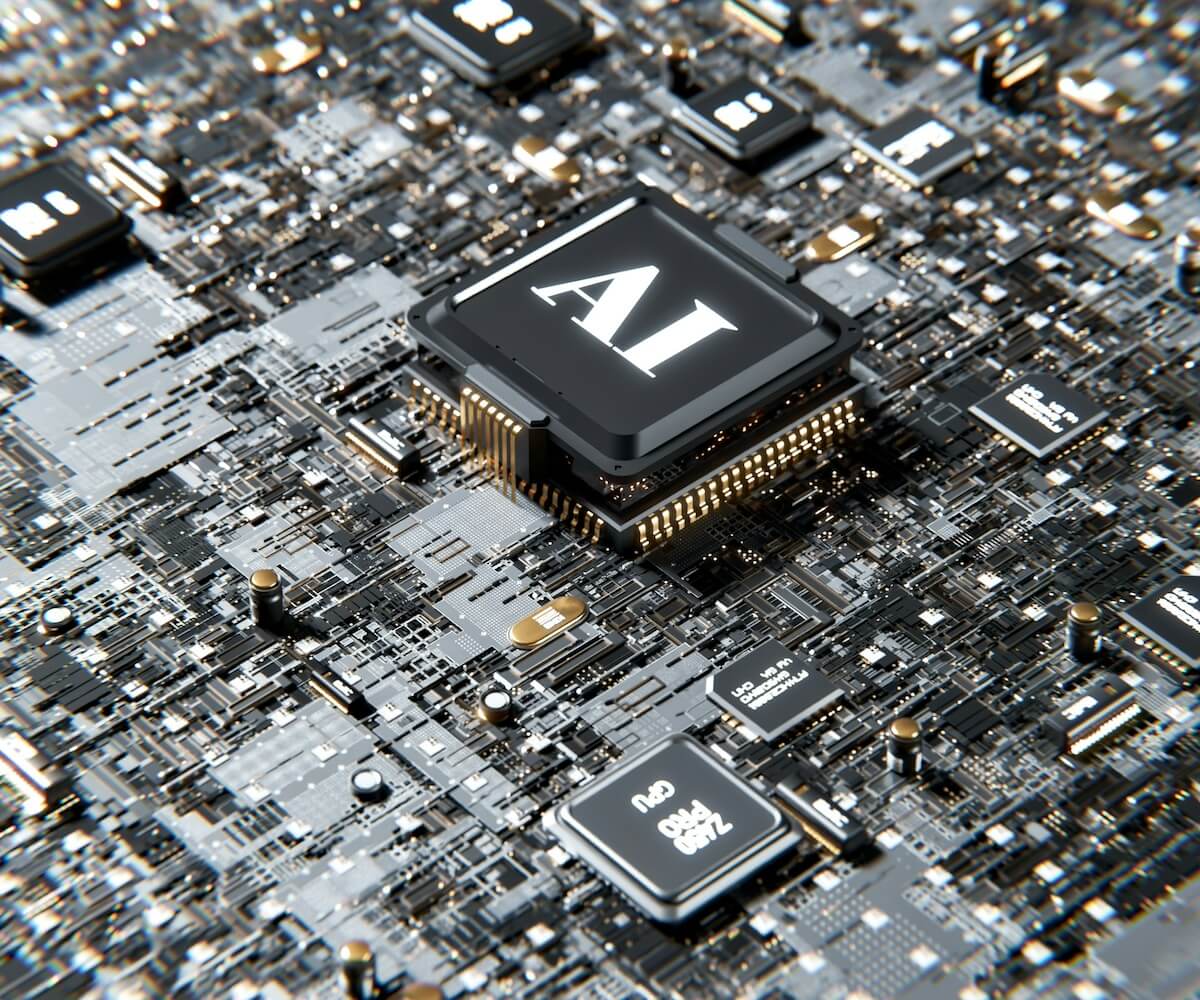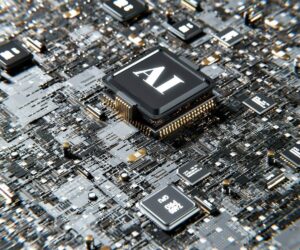7 Cool GenAI Solutions For Businesses
What if your business could respond to problems just as they arise or even anticipate and prevent them? That’s, in fact, doable with generative AI. The latter is specifically designed for creating new content, solving problems in real time, and providing innovative services (we’ll see what these are further on). So this guide explores what GenAI is and how it can work for your business.
What’s GenAI Exactly?
Generative AI, or GenAI, refers to a type of artificial intelligence that goes beyond simple data analysis to generate new data and content. It includes technologies that can
- write text,
- create images,
- and code based on the training data they’ve been fed.
This capability to create new outputs makes GenAI particularly valuable for tasks requiring creativity and innovation — areas traditionally thought to be the preserve of humans.
It’s thus not surprising many businesses today turn to generative ai solutions development to get custom software that’ll streamline operations for them. But what kind of solutions are these? Let’s review some of the most popular ones.
7 GenAI Solutions for Businesses
1. Virtual Assistants
These are next-level office managers. They are fully proactive tools that
- manage your calendar,
- anticipate your needs based on your work habits,
- and even prepare you for upcoming meetings by pulling in the latest info about participants and topics.
For instance, if you’re meeting with a client, the assistant could provide their recent social media posts, company news, and summarize past interactions. Simply put, it helps you to enhance your interactions with timely and relevant data.
2. Chatbots
Now, imagine a customer service agent who never sleeps, learns from each interaction, and continuously improves. GenAI chatbots do exactly that. Some think they are only fit for answering FAQs. In reality, though, they do much more — they adapt their responses based on the user’s mood, previous purchases, and even recent support history.
Such chatbots can handle complex queries like processing returns or troubleshooting products by guiding users through a step-by-step diagnostic. They are fairly effective in this because they dynamically adjust the advice based on the user’s responses.
3. NLP Applications
With GenAI’s NLP capabilities, you can turn unstructured data from customer feedback, emails, and online reviews into structured insights. For example, NLP tools can
- analyze sentiment,
- extract meaningful trends from customer feedback,
- and alert you to emerging issues before they become significant problems.
They can also automate content creation, like writing promotional emails that adapt the tone and style based on the customer segment they’re targeting.
4. Predictive Maintenance
For industries reliant on machinery, predictive maintenance can be of great help. GenAI analyzes data from sensors and logs to forecast potential failures. This means you can perform maintenance only when necessary, reducing downtime and extending the life of equipment.
For instance, it can predict that a part will fail within a week and schedule repairs at the least disruptive time. It will integrate with your production schedule to choose a time with minimal impact.
5. Personalized Recommendations
Whether it’s for e-commerce, media streaming, or even financial services, GenAI-based systems are incredibly efficient. They analyze past behavior to tailor suggestions not just based on what others have viewed or purchased, but integrating complex user behavior patterns. For a media site, this might mean suggesting a movie because you watched something similar on a rainy Sunday evening last month. And the best thing is that the tool understands that your preferences change with context.
6. Document Generation
In this field, generative AI is especially helpful. It can automate standard document templates and create customized reports, proposals, and communications based on specific data inputs. Thus, it can draft a contract that includes the most recent legal requirements and client-specific terms, or generate financial reports by pulling the latest data directly from your databases. And of course, whatever it works on, it ensures all figures are up-to-date and accurately represented.
7. Fraud Detection and Prevention
Last but not least, the beauty of fraud detection systems powered by GenAI is that they learn and adapt. To identify potential fraud, they analyze
- transaction patterns,
- customer behavior,
- and external data sources.
More importantly, they ongoingly integrate new fraud tactics into their detection algorithms without manual updates. For instance, if a new type of credit card scam emerges in Asia, your system could begin screening for similar patterns globally almost immediately. Isn’t it something we’ve all been dreaming of?













